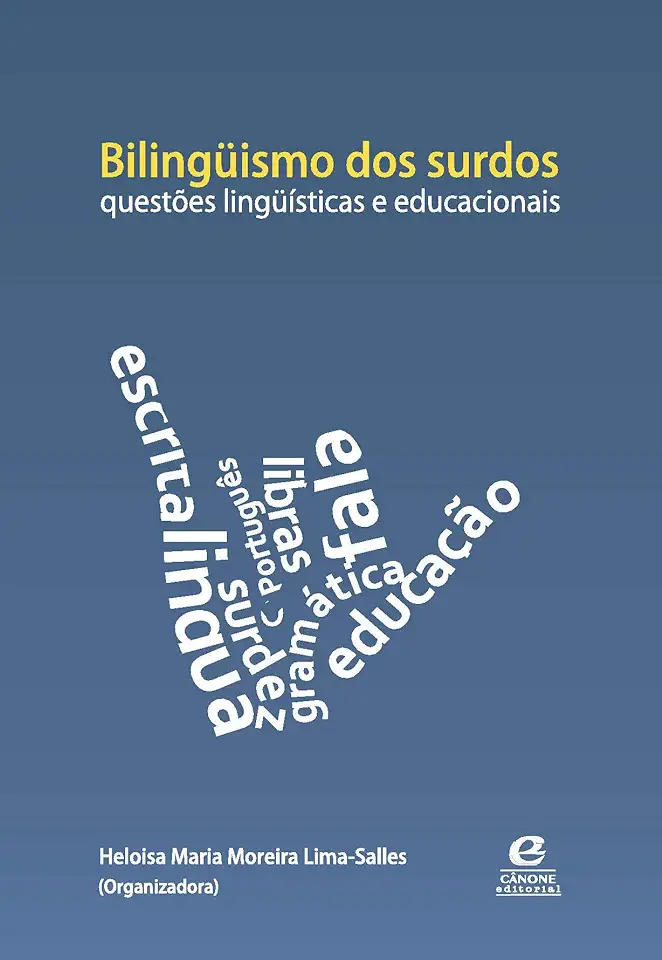
Deaf Bilingualism: Linguistic and Educational Issues - Heloisa Maria Moreira Lima-salles
Deaf Bilingualism: Linguistic and Educational Issues
Introduction
In "Deaf Bilingualism: Linguistic and Educational Issues," Heloisa Maria Moreira Lima-Salles presents a comprehensive and thought-provoking exploration of the linguistic and educational aspects of deaf bilingualism. Drawing on extensive research and real-world examples, Lima-Salles argues for the importance of bilingual education for deaf individuals and provides valuable insights into the challenges and opportunities associated with this approach.
Bilingualism and Deaf Education
Lima-Salles begins by establishing the theoretical foundation for bilingual education for deaf individuals. She discusses the concept of bilingualism, the benefits of bilingualism for deaf children, and the challenges that deaf children face in acquiring two languages. She also provides an overview of the different bilingual education models that are available for deaf children.
Linguistic Issues in Deaf Bilingualism
The book delves into the linguistic issues that are specific to deaf bilingualism. Lima-Salles examines the acquisition of sign language and spoken language by deaf children, the development of literacy in deaf children, and the impact of deafness on language processing. She also discusses the role of sign language in the deaf community and the importance of preserving sign language as a vital part of deaf culture.
Educational Issues in Deaf Bilingualism
Lima-Salles then turns to the educational issues that are associated with deaf bilingualism. She discusses the challenges of teaching deaf children in a bilingual setting, the need for qualified teachers who are proficient in both sign language and spoken language, and the importance of providing deaf children with access to appropriate educational resources. She also addresses the need for early intervention and the importance of involving parents and families in the educational process.
Conclusion
In conclusion, "Deaf Bilingualism: Linguistic and Educational Issues" is a must-read for anyone interested in the education of deaf children. Lima-Salles provides a wealth of information and insights that are essential for understanding the linguistic and educational challenges that deaf children face. She also offers practical recommendations for creating effective bilingual education programs for deaf children. This book is a valuable resource for educators, parents, and policymakers who are committed to providing deaf children with the best possible education.
Key Features
- Comprehensive coverage of the linguistic and educational issues related to deaf bilingualism
- In-depth analysis of the acquisition of sign language and spoken language by deaf children
- Discussion of the challenges of teaching deaf children in a bilingual setting
- Practical recommendations for creating effective bilingual education programs for deaf children
- Valuable resource for educators, parents, and policymakers
Why You Should Buy This Book
If you are interested in the education of deaf children, then "Deaf Bilingualism: Linguistic and Educational Issues" is a must-read. This book provides a wealth of information and insights that are essential for understanding the linguistic and educational challenges that deaf children face. Lima-Salles also offers practical recommendations for creating effective bilingual education programs for deaf children. This book is a valuable resource for educators, parents, and policymakers who are committed to providing deaf children with the best possible education.